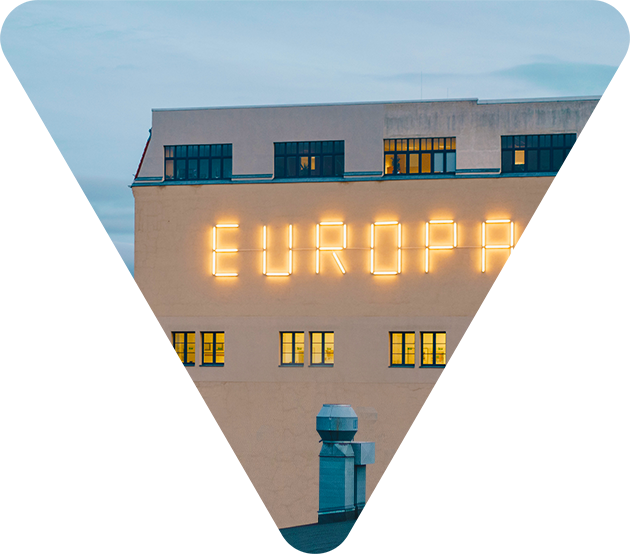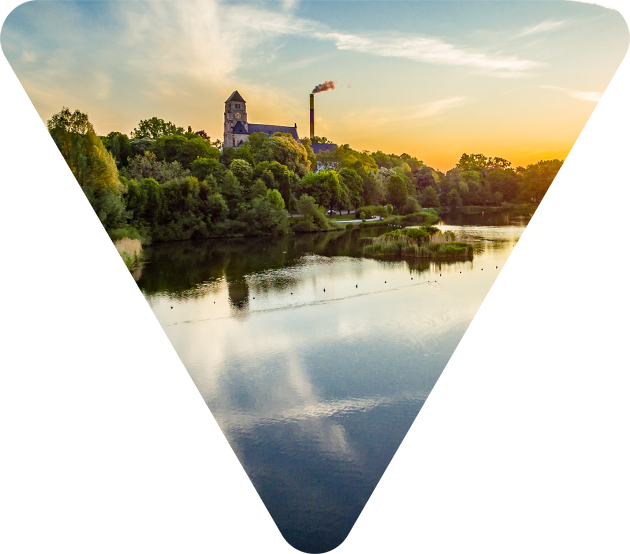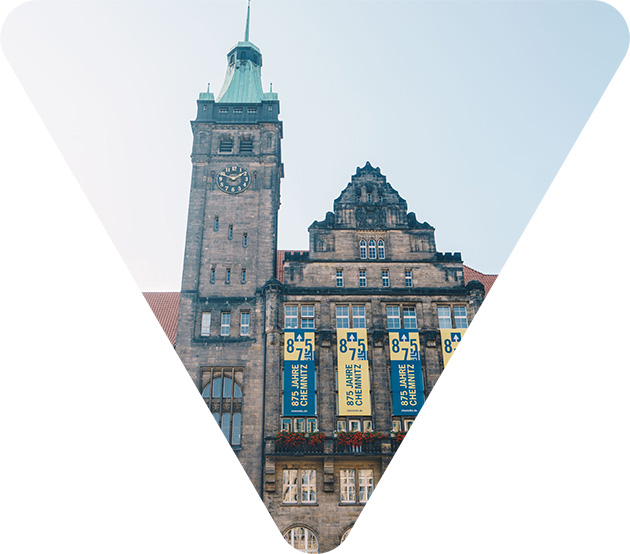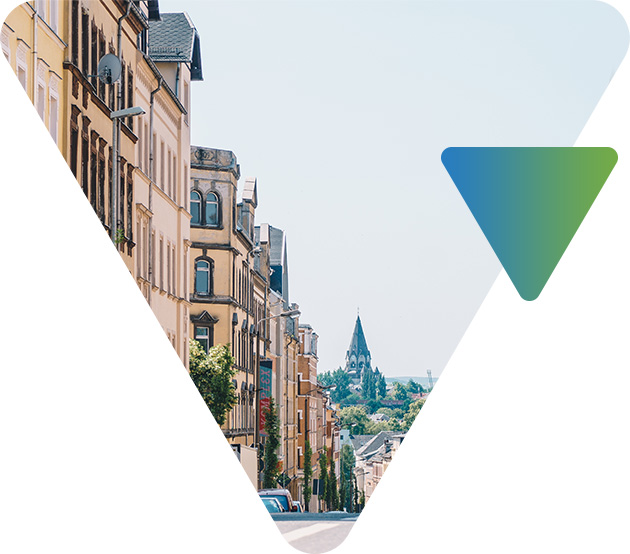The dust of the industrial age has long been swept away. Every year, culture-lovers can take their pick from some 1,000 varied events in Chemnitz, from opera, the philharmonic orchestra, ballet, theatre and puppet shows to film and music festivals, some even held in industrial wastelands. Chemnitz is currently running a confident campaign to be European Capital of Culture 2025 – with good prospects.
The countryside is never far away in Chemnitz, either, such as the Zeisigwald, Küchwald or the spacious city park. And culture can be found there, too – for example at the “Fuego a la isla” festival or the relaxing green surroundings of the Küchwald open-air theatre.
As it grows colder outdoors in the autumn, Chemnitz’s culture enthusiasts move into the city’s derelict buildings. Every year, the “Begehungen” festival occupies a derelict part of the city, opening it up to the public – sometimes even with step-free access. In September, the RAW industrial heritage festival offers merrymakers the chance to let their hair down at parties and the Science Slam.








